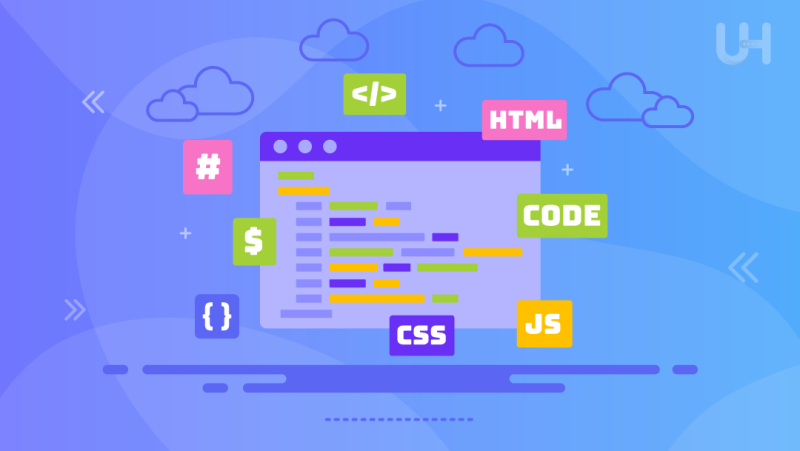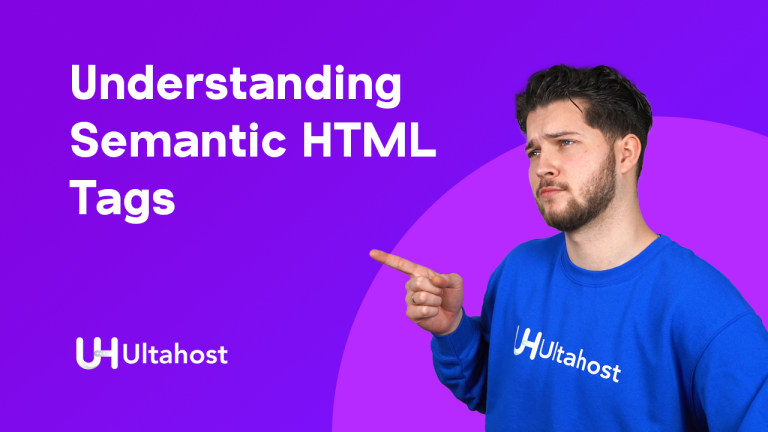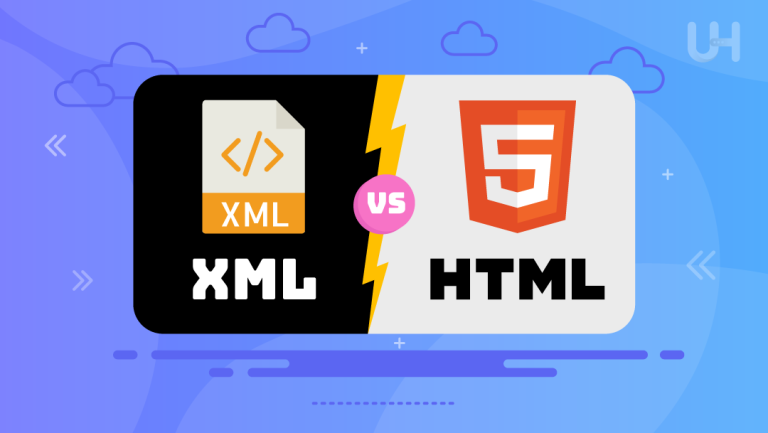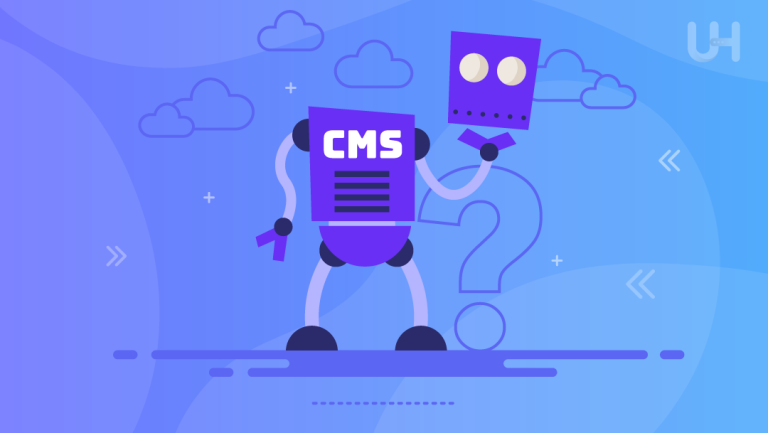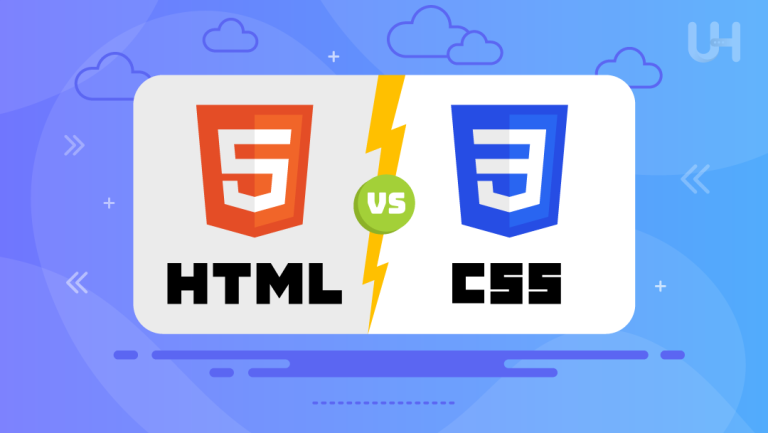A markup language is a series of instructions for annotating text, defining its structure and formatting, and the relationship of the elements. The term derives from typesetting, which originated from editors using “markup” to specify how a document should be presented in print. Digital markup languages use tags or symbols to give computers instructions for displaying and managing content.
Markup languages are used in web and application development. They can be applied to create readable, well-structured content that is accessible to others. The markup languages have different purposes: HTML provides a structure for web content, XML organizes data for easy transport, and SAML protects user authentication. This combines data handling, presentation, and security without conflict across platforms. This is the backbone of interactions in the digital world.
What is a Markup Language?
A markup language is a system relying on tags, elements, and special syntax to define the structure of digital content. The keyword or symbol placed within the brackets of the <p>, A paragraph of text uses markup to instruct computers on how to format and present the data. This introduces elements with tags and content. It allows information to be displayed in structured sections that computers can read.
Users must follow syntax rules precisely; otherwise, the page may not display correctly. Markup languages, such as HTML and XML, make use of these tag elements and syntax to build data in a way that is easy to process and display. Clear and well-structured markup improves website accessibility by providing consistent navigation patterns, logical content organization, and descriptive text alternatives for non-text content such as images and multimedia.
Difference Between Markup and Programming Languages
The main difference between a markup and a programming language lies in their purpose and usage. Programming languages are JavaScript or Python could be that do tasks and operations. A markup language, however, is more of arranging data structure. It doesn’t do any computing or operation. Rather it identifies the role of a chunk of information as either an arrangement or in the form of format. For example, HTML formats the contents of a web page and may not be able to facilitate any interactive elements. Markup languages coordinate work with programming languages that carry content and add interactivity to web development. So one will have a fluid interaction user experience.
Historical Background
The evolution of the development of markup languages emanates from the 1960s early system designs by Generalized Markup Language as well as Standard Generalized Markup Language in the early 1980s. Then, SGML used GML as its base, defining what a document looks like in terms of structure. It leads towards HTML for the web, and XML for data exchanges on the Internet. Today, the development of these concepts forms the basis of modern markup languages used today to add structured content that is easily accessible on all these digital platforms.
Types of Markup Languages
There are three primary types: presentation, data storage, and authentication. Presentation-focused markup languages include HTML. They define the structure and format of web content to ensure that the users view a coherent display. Data storage languages, such as XML, organize and transport information in a structured manner. It makes it easy to transfer data between systems.
Build Your Next Project with Reliable Hosting!
Choose reliable and efficient hosting that supports popular markup languages. Explore UltaHost’s Windows Hosting options for seamless development and a robust online presence!
Hypertext Markup Language (HTML)
HTML structures content for web pages by organizing elements like headings, paragraphs, links, and images. Special tags mark each of these elements, instructing the browser on how to display the content. For example, tags specify text format, image placement, and link functionality. <h1> for headings, <a> for links. HTML5 introduced new elements that enabled the inclusion of multimedia and interactive features like video, audio, and canvas, which enhance user experience on modern websites. HTML is also an essential aspect of SEO (Search Engine Optimization) because tags like <title>, <meta>, and <h1> are used to help search engines understand and rank content so that it is more accessible to users. Websites that implement HTML effectively often experience improved search engine rankings.
By adhering to HTML standards, developers ensure that their websites with shared server are more inclusive and accessible to all users, regardless of their abilities or assistive technology preferences. If you want to build a website from scratch, HTML can be more suitable than WordPress. Experienced developers often use HTML editors to streamline tasks.
Extensible Markup Language (XML)
XML, or Extensible Markup Language, is very flexible and allows users to design custom tags to satisfy their specific data needs. Such flexibility makes XML very useful in a wide range of applications, from configuration files to SOAP messages for Web services and RSS feeds for content syndication. In the new age of web development, probably one of the most widely contrasted pairs is XML and JSON, or how they store and move information. WordPress uses idempotent APIs such as REST to establish secure server connections, which can transfer data, including XML. Both are used for information exchange, although XML carries a much deeper tagging system than JSON does; however, the latter is lighter and leaner for usage on the web. XML has a syntax, the user defines the tags. This is why XML is ideal for creating sitemaps.
Security Assertion Markup Language (SAML)
SAML, which stands for Security Assertion Markup Language, is a safe authentication through Single Sign-On (SSO), by which users can access different platforms using one login. SAML includes three major components: Assertions, which carry user authentication details; Protocols, which define the exchange of SAML requests and responses; and Bindings, which specify how SAML messages are transmitted. Corporate environments and cloud services widely use SAML for secure user authentication across various applications. While SAML is specific to authentication and identity management, OAuth is another secure authorization protocol, commonly used in other scenarios, such as third-party access to restricted user data without sharing passwords.
Key Components and Structure of Markup Languages

- Tags and Attributes: Tags refer to the description of elements in a document, while attributes explain additional information about the tag. For instance, an image tag contains attributes like the source and alternative text in handling the image to use and accessibility. Follow a hierarchical structure when using heading tags.
- Nesting of Elements: Nesting is the process of putting elements inside other elements, which is a very common practice in HTML and XML. Proper nesting maintains logical document structure and ensures correct rendering. For example, putting <li> (list item) tags inside a <ul> (unordered list) or <ol> (ordered list) tag creates a list structure.
- Syntax Guidelines and Best Practices: Correcting syntax guidelines, which would include closing all the tags and quotes around attribute values, helps in generating documents readable and free of errors. Nested elements have indentation to increase readability, and case insensitivity of tag names in HTML5 makes codes much more consistent.
Applications and Uses of Markup Languages
Markup languages have versatile applications in organizing, displaying, and securing digital content. They support web development, data transfer, user authentication, and efficient content management across platforms.
Web Development and Content Structuring
HTML is an integral part of web development since it structures the content of the web pages. HTML orients text, images, and links into an intelligible layout for a website. It collaborates with CSS for styling and JavaScript for interactive features, creating a website that is engaging and user-friendly. Together, these languages determine how web pages will appear and function, making them both visually pleasing and responsive. HTML is more tolerant of syntax errors. Therefore, browsers can render HTML outputs even if the code has typos. This is one of the reasons you need a high performance WordPress hosting to handle the extreme demands of HTML rendering.
Data Serialization and Transfer
XML is the most significant aspect of data serialization and transmission, as it serializes and formats the data in such a way that it becomes easily transferable across various platforms and devices. The defined structure of XML makes it possible for web services to send data uniformly in a reliable way, and it is highly effective for applications like API (Application Programming Interfaces) communication.
SAML secures applications with federated identity management and manages the authentication and authorization process. SAML enables the secure exchange of identity data, which improves both security and convenience for the user who might need access to multiple applications within an enterprise or cloud services.
Storage of Documents and Configuration Files
XML is heavily used for storing structured data in configuration files and metadata of documents. Due to the flexibility of XML, it can store any type of data, making it very useful for information organization in a standard format. Applications use XML to store settings, preferences, and metadata to provide a reliable structure for both documents and system configurations.
Content Management Systems (CMS)
The two elements, HTML and XML, form the foundation on which content management systems are developed. HTML organizes web content displayed to users while XML organizes data inside the CMS. In essence, these two ensure that the content is well-arranged and accessible. As a result, the content management systems will provide websites with an editing and publishing experience that is friendly to the user.
Markup Languages in Modern Technology
- Web APIs and Microservices: XML and JSON are essential formats for data interchange in RESTful and SOAP APIs, facilitating structured data exchange between services.
- Cloud Computing: SAML supports identity verification in cloud environments, enabling secure user authentication across multiple cloud-based applications.
- Data Analytics and Machine Learning: XML provides standardized data structures, making it suitable for input in analytics and machine learning models that rely on consistent data formats.
- E-commerce Applications: HTML structures product pages, XML organizes product data, and SAML secures user authentication, ensuring safe transactions and efficient data sharing in e-commerce platforms.
Benefits and Limitations of Markup Languages
Let’s discuss the benefits and limitations of Markup Languages in detail:
Benefits
- Flexibility: Markup languages, especially XML, allow custom tags, making them adaptable to various data structures and applications.
- Readability: Clear syntax and structure make markup languages easy to read and edit, enhancing accessibility for developers.
- Wide Usage: Commonly used in web development, data exchange, and document storage, markup languages support a broad range of applications.
Limitations
- Verbosity: XML can be overly verbose, leading to large file sizes that can impact data transfer speed and storage.
- Restricted Functionality: HTML lacks inherent styling and dynamic capabilities, relying on CSS for design and JavaScript for interactivity, limiting its standalone functionality.
Conclusion
Understanding markup languages is crucial for anyone involved in web and software development. They form the foundation for structuring content, facilitating data exchange, and managing user authentication across various platforms. By mastering markup languages like HTML, XML, and SAML, developers can enhance their ability to create functional and secure applications.
While optimizing your website with Semantic HTML, consider Ultahost for your hosting needs. Our web hosting plans offer reliability and flexibility, allowing you to implement best practices seamlessly. Elevate your website’s accessibility, SEO, and user experience with Ultahost today!
FAQ
What is a markup language?
A markup language uses tags to structure text, making it readable for computers to format and display data.
Why are markup languages important?
They organize content and data for web presentation, data transfer, and secure authentication across platforms.
What is Hypertext Markup Language (HTML)?
HTML structures and formats content on web pages, enabling browsers to display text, images, and links.
What does Extensible Markup Language (XML) do?
XML organizes and stores data in a flexible, structured format that’s easily shared across platforms.
What is Security Assertion Markup Language (SAML)?
SAML provides secure user authentication, allowing Single Sign-On (SSO) across multiple applications.
What’s the difference between HTML and XML?
HTML structures web content, while XML stores data in a customizable format for transfer between systems.
How is SAML used in cloud services?
SAML securely manages user identity and access, allowing users to sign in to multiple cloud apps with one login.





